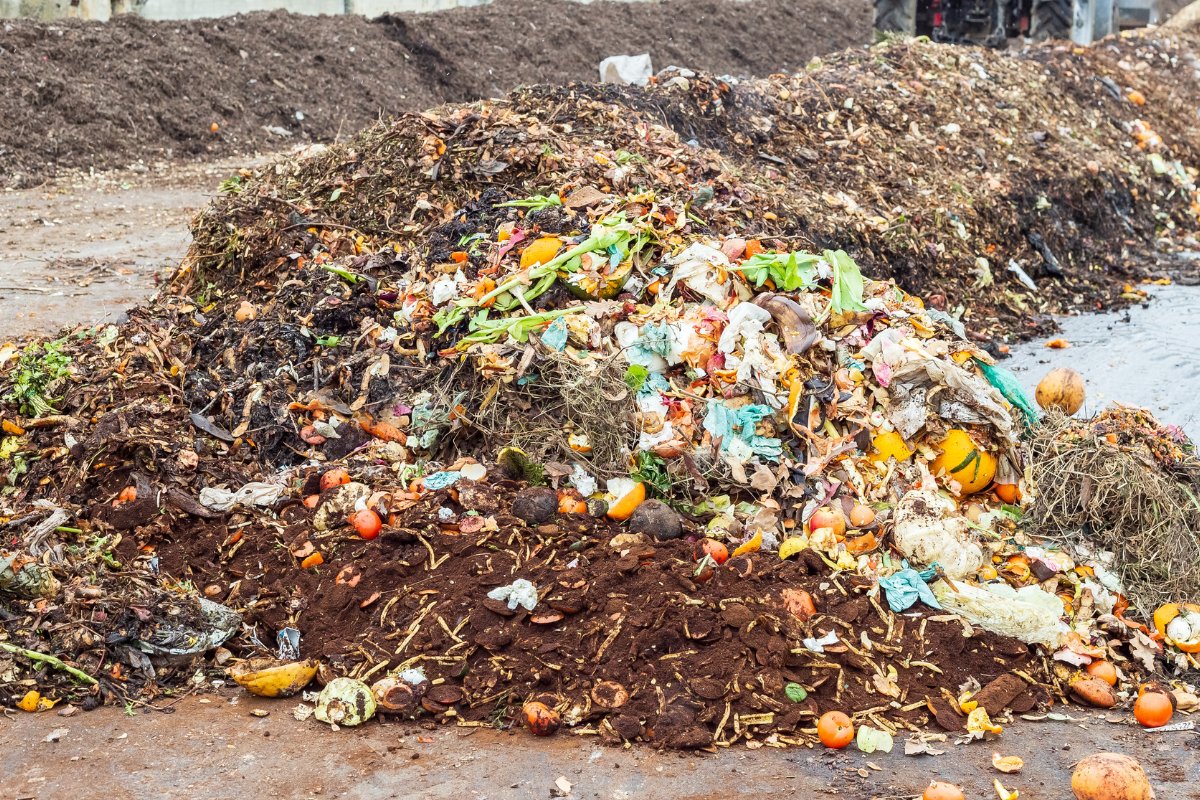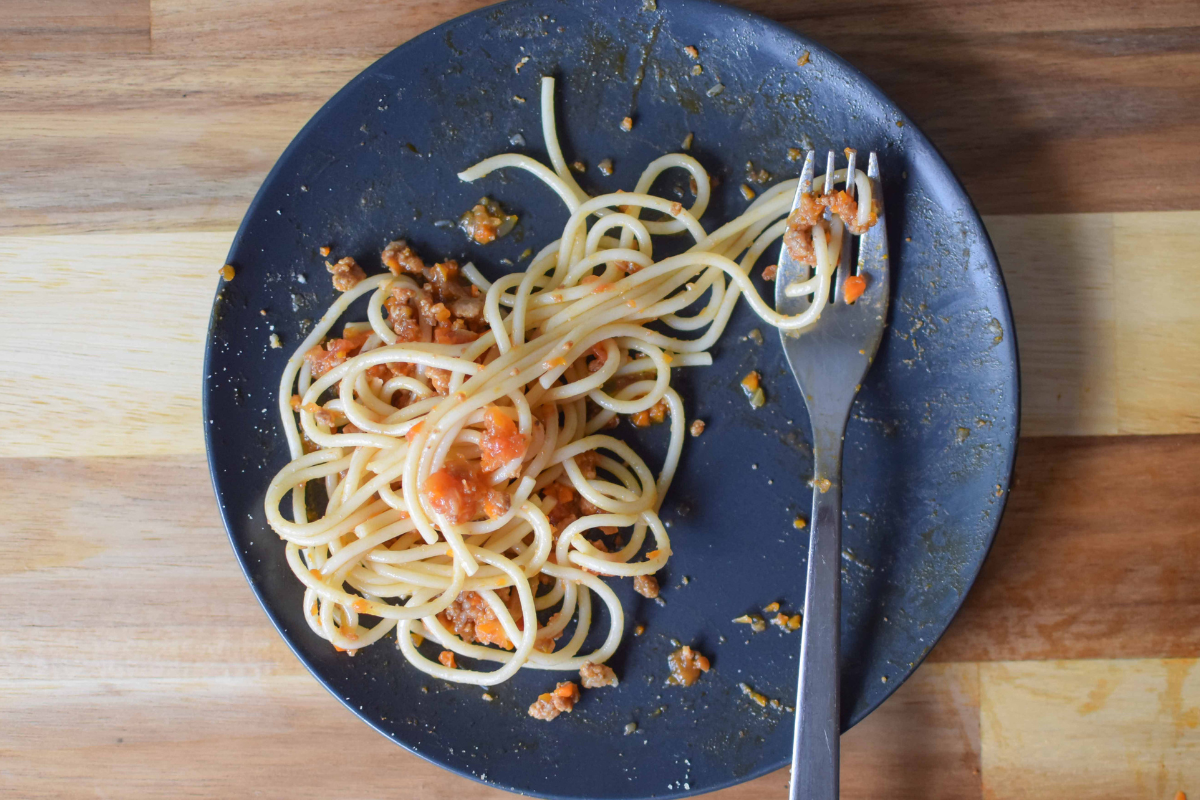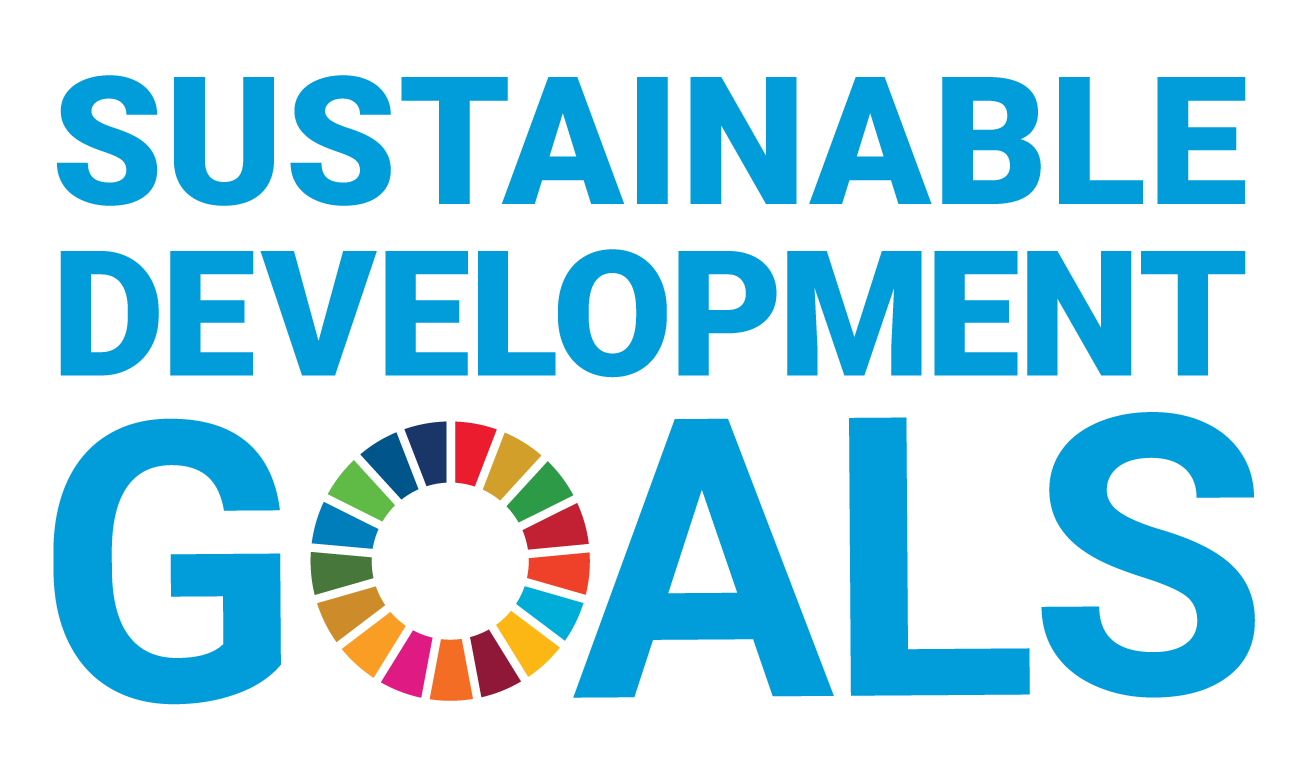You can search for courses, events, people, and anything else.
Australians send more than 7 million tonnes of food waste to landfill annually, where it produces greenhouse gas emissions including methane, which is much more harmful than carbon dioxide. Every year, the methane generated from food waste is estimated to have a warming effect equivalent to more than 20 million tonnes of CO2. While there have been efforts to convert food waste to energy through composting, it has been challenging to find ways to reuse the waste at scale.
Dr Dharma Hagare, a senior lecturer in sustainability engineering who leads the Nutrient, Energy, Water and Materials Recycling Group at Western Sydney University, has been investigating various ways that food waste could be ‘upcycled’ on a large scale.
"We have been working on the circular economy of water, food and nutrients by recycling the majority of food waste as animal feed," explains Hagare. "This would not only eliminate the production of greenhouse gas emissions from waste, but also save the raw food material that would otherwise be used to produce animal feed."
Over the past few years, Hagare’s team has carried out proof-of-concept studies that have demonstrated the feasibility of producing chicken feed from food waste collected predominantly from restaurants, grocers and fish markets at the Sydney Markets, in Flemington.
"The production of animal feed and liquid fertiliser from food waste has not been attempted before. We have developed a unique process where all the food waste is recycled with zero waste produced," he says.
The upcycling process involves a series of steps including sorting, heating, mincing, drying, grinding, and pelletising to produce animal feed. Liquid extraction is also required to make the fertiliser. The resultant chicken feed is of similar nutritional value to commercial products, and the liquid fertiliser has similar concentrations to that of commercial liquid fertiliser used in hydroponics.
Need to know
- Organic waste going to landfill is an avoidable source of greenhouse gas emission.
- Dharma Hagare from Western has demonstrated that food waste can be upcycled into chicken feed.
- The process has now been commercialised.
Australians send more than 7 million tonnes of food waste to landfill annually.
Through a new start-up, Food Recycle International, the team is analysing the economic and life cycle considerations of this food waste recycling approach.
"The research is now at the commercialisation stage," says Hagare. The industry partner, Food Recycle Ltd, has partnered with OzHarvest Ventures to raise $18 million to start commercial production in Sydney. The research team is now testing diverse commercial food waste streams from across the country. "Research and development never ends," says Norm Boyle, CEO-Founder of Food Recycle Ltd. "The company is very grateful for the collaboration with WSU and expects it to continue for many years to come."
Although there remain many aspects of the technology to work through, including the economies of scale and life cycle costing, as well as biosafety and nutrient content, its potential as an enabler of the circular economy is huge. The cost to the economy of food waste disposal in Australia alone amounts to more than $30 billion dollars each year.
"Upcycling and energy generation from food and other organic waste will be a top priority for all advanced economies," adds Hagare. "There will be significant investment in new methods and technologies for recycling these materials. Our work is peaking at the right time to harness these investments."
His team is also looking at other organic waste streams. Food waste constitutes just half of the 15 million tonnes of organic waste generated in Australia each year. The team is working on processes to convert organic waste into raw material for brick production, and has partnered with Global Renewables, Austral Bricks, and Circular Australia to trial the technology. The possibility of producing bioleather and biofibre is also being explored with another industry partner.
"The projects we are working on will eventually reduce the organic waste going to landfill," Hagare says. "If we can reach even a 50% reduction in the organic waste going into landfill, it will be a great achievement."
Meet the Academic | Dr Dharma Hagare
Dr Dharma Hagare is a Senior Lecturer and researcher in Sustainability Engineering at Western Sydney University. He is the leader of the Nutrient, Energy, Water and Materials Recycling Group (NEWMARG), which is focused on Circular Economy applications related to waste materials recycling. He has over 170 publications in international journals, conferences, and book chapters. He has received over $3.4 million in research funding. Over the years, he has graduated 14 PhD and 6 MPhil students. He has led as well as currently leading, several research projects funded by industry.
His recent industry collaborators include Food Recycle, Global Renewables, Austral Bricks, several city councils and other organisations. His pioneering work in food waste recycling has resulted in commercialisation opportunities for the industry partner. The technology that was concept tested is being implemented both nationally and internationally. Also, he is leading the research activities related to Recycled Water for Irrigation. Towards this end, he has established a research group involving several researchers from Australia, India and USA.
Dharma is a co-leader and co-founder of the Australia India Water Centre (AIWC). AIWC is a consortium of 10 Australian and 15 Indian universities and government departments. As part of AIWC activities, he is leading several research projects in springs rejuvenation and wastewater recycling. In addition, he is leading several capacity-building activities between Australian and Indian universities.
Credit
Future-Makers is published for Western Sydney University by Nature Research Custom Media, part of Springer Nature.
© Jose A. Bernat Bacete/Moment/Getty
© Chema Grenda/Shutterstock
© Andriana Syvanych/Shutterstock






